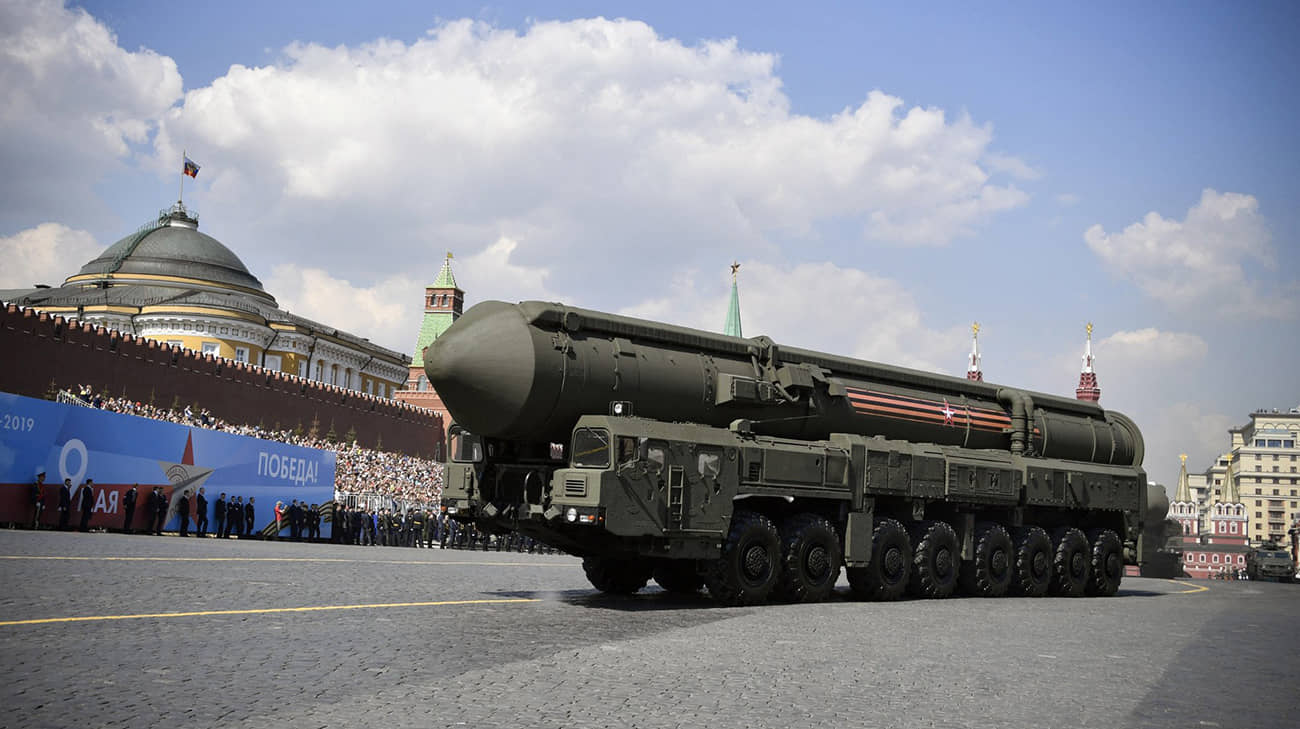“Military analysts at the Institute for the Study of War believe that Russian dictator Vladimir Putin’s statements show inconsistency in defining “red lines”, which casts doubt on his readiness to escalate.”, — write: www.pravda.com.ua
Military analysts at the Institute for the Study of War believe that Russian dictator Vladimir Putin’s statements show inconsistency in defining “red lines”, which casts doubt on his readiness to escalate.
Source: ISW
Details: Analysts believe that Putin’s November 21 statement demonstrates that Moscow’s rhetoric about escalation is mostly just words.
Putin’s recent threats were directed against Western countries that allowed Ukraine to launch long-range strikes on “Russian territory.” However, Ukrainian forces have long struck the occupied territories, which the Kremlin illegally declares to be part of Russia, including Crimea, which was annexed in 2014. Analysts note that Ukraine regularly attacks Crimea with American ATACMS and British Storm Shadow missiles, starting in April 2023.
ISW analysts note that the Kremlin’s rhetoric about “red lines” is constantly changing, which undermines its effectiveness. The Russian authorities have repeatedly threatened measures in response to Western countries’ support for Ukraine, but have never implemented what they promised.
Literally: “Putin has previously threatened retaliation for providing Ukraine with jet artillery, tanks, warplanes and the ability to strike Russia, but has reversed course every time the West calls his bluff.”
Key findings:
- Russian President Vladimir Putin stepped up his campaign of reflexive control targeting Ukraine and its Western partners, launching a demonstration ballistic missile strike on Ukraine on November 21 using multiple-drop re-entry warheads.
- Putin has directly threatened that Russia could attack Western countries that support Ukrainian strikes deep into Russian territory, and has rhetorically linked the Nov. 21 ballistic missile strike to Russia’s nuclear capabilities — a notable intensification of Russia’s existing information operation, which aims to use overt threats and rattling nuclear sabers to prevent further military support for Ukraine from the West.
- Putin’s statement of November 21 demonstrates that the constant rattling of arms from Moscow remains mostly at the level of words.
- Neither the Oreshnik ballistic missile strike nor Putin’s November 21 statement indicate significant changes in Russia’s military potential or the likelihood of using nuclear weapons.
- The Kremlin continues to demonstrate its full readiness to use the prospect of “negotiations” with Ukraine and the West to finally destroy the Ukrainian state, despite Russian President Vladimir Putin’s efforts to position himself as one inclined toward peace negotiations.
- According to reports, North Korean troops are training together with Russian marine units and airborne troops (Airborne Forces).
- If the Russian military command uses North Korean forces in the same high-mortality infantry assault operations that employ the majority of Russian personnel, North Korea’s ability to learn and integrate the experience of fighting with Russia is likely to be greatly weakened.
- Russian troops have advanced somewhat in the Kursk region to the southeast of the settlement of Suja.
- Ukrainian troops advanced north of Vugledar. Instead, Russian forces have recently advanced northwest of Kreminnaya, southeast of Chasovoy Yar, Toretsk, southeast of Kurakhovo, northeast of Vugledar, and likely northeast of Velika Novosilka.
- The State Duma of Russia has adopted a three-year federal budget with record defense spending for 2025-2027.
